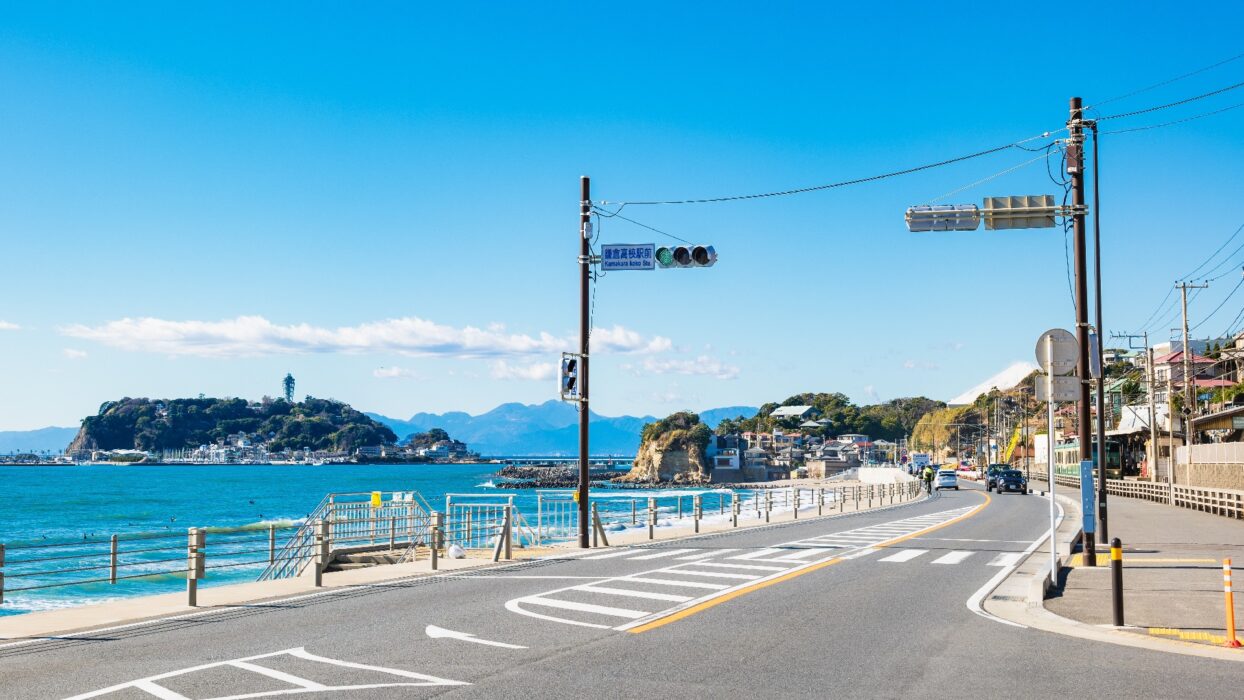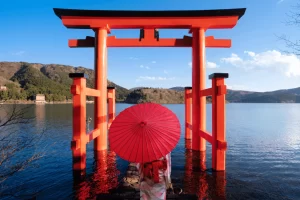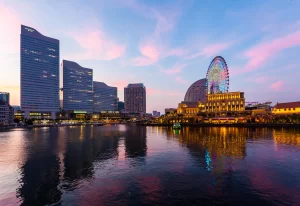Tokyo Transfer Hacks: Avoiding Crowds on Routes to Kamakura
Ever dreamed of stepping into the serene temples of Kamakura without being jostled by hordes of fellow travelers? You’re not alone. Kamakura, with its giant Buddha, peaceful bamboo groves, and atmospheric shrines, is one of Tokyo’s most popular day-trip escapes. But here’s the deal—getting there can feel like joining a morning marathon on rails, especially if you unknowingly hop on the same route every other tourist does.
That’s where this guide comes in. Welcome to your ultimate cheat sheet: Tokyo Transfer Hacks: Avoiding Crowds on Routes to Kamakura. I’ve explored the backroads, tested off-peak trains, and outwitted rush hour so you can travel smarter—not harder. Whether it’s your first time to Japan or your fifth Tokyo trip, these tricks will save you time, stress, and possibly a whole lot of elbow jostling.
Why Kamakura? And Why You’ll Want to Outsmart the Crowds
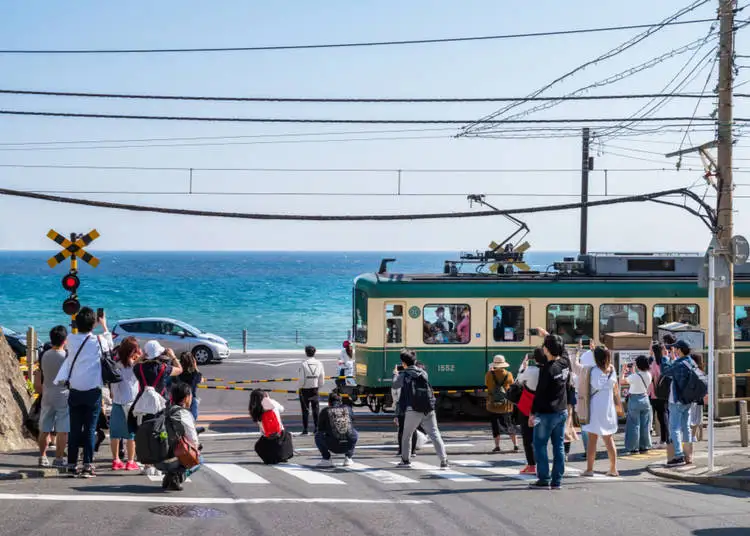
Let’s be honest—Kamakura is no secret. Just an hour or so south of Tokyo, this charming coastal town offers a perfect mix of spiritual calm and historical richness. You’ve got the Great Buddha (Daibutsu), Tsurugaoka Hachimangu Shrine, the fairy-tale-like Hokokuji Bamboo Forest, and even some cool surfy beach vibes.
But that accessibility also makes it a prime target for weekend warriors, school field trips, and tour buses. Most travelers hop on the same train lines from the same busy stations at the same exact time. The result? Standing room only, packed platforms, and stressed-out sightseeing before your trip even begins.
Enter: Tokyo Transfer Hacks: Avoiding Crowds on Routes to Kamakura. This isn’t just about knowing which train to take—it’s about mastering the how, when, and where of transferring smoothly and stealthily.
So if you’re someone who loves the idea of sipping matcha under temple eaves without sweating through a crowded commute, keep reading. This section is all about why it pays to hack your transfer—and how you’ll benefit big-time.
Best Times to Travel: Outsmarting the Clock (and the Masses)
Timing is everything when it comes to Tokyo Transfer Hacks: Avoiding Crowds on Routes to Kamakura. The difference between a blissfully quiet shrine and a jam-packed photo op often comes down to one thing: when you leave Tokyo.
⏰ Weekdays vs. Weekends
Let’s start with the obvious: weekends = chaos. Saturdays and Sundays see the biggest spike in Kamakura visitors, especially if the weather is nice or the hydrangeas are in bloom. If you have flexibility, plan your trip on a weekday—preferably Tuesday through Thursday. Mondays can still have a weekend hangover crowd, and Fridays start ramping up again.
🕖 Time of Day Matters
The golden rule of Tokyo Transfer Hacks: Avoiding Crowds on Routes to Kamakura? Go early. Like, set-an-alarm early. The first few trains of the day (around 6:00–7:00 a.m.) are surprisingly peaceful. You’ll arrive in Kamakura just as the town is waking up, meaning you’ll have temples to yourself and quiet streets for a morning stroll.
If early mornings aren’t your thing, consider a post-lunch departure. While it’s a bit less ideal, the mid-morning rush will have passed, and you can still enjoy a slower, more relaxed afternoon experience. Just make sure to avoid returning to Tokyo during the 5–7 p.m. commuter surge.
📅 Seasonal Crowd Patterns
Spring and autumn are stunning—but also the busiest. Cherry blossom season (late March–early April) and fall foliage (November) are peak periods. If you’re visiting during these months, you’ll want to double down on your transfer hacks.
Other dates to avoid? Golden Week (early May), Obon (mid-August), and New Year’s holidays. Trust me, even the quietest routes become people-packed conveyor belts during these times.
So plan smart. Tokyo Transfer Hacks: Avoiding Crowds on Routes to Kamakura isn’t just about trains—it’s about knowing the rhythm of the city and slipping through its quieter beats.
The Usual (Crowded) Suspects: Routes Most Tourists Take
Before we dive into the quieter backdoors, it’s important to know what not to do. Understanding the most common tourist routes to Kamakura helps you avoid falling into the same trap as the masses.
Let’s break it down.
🚆 JR Yokosuka Line: Tokyo to Kamakura
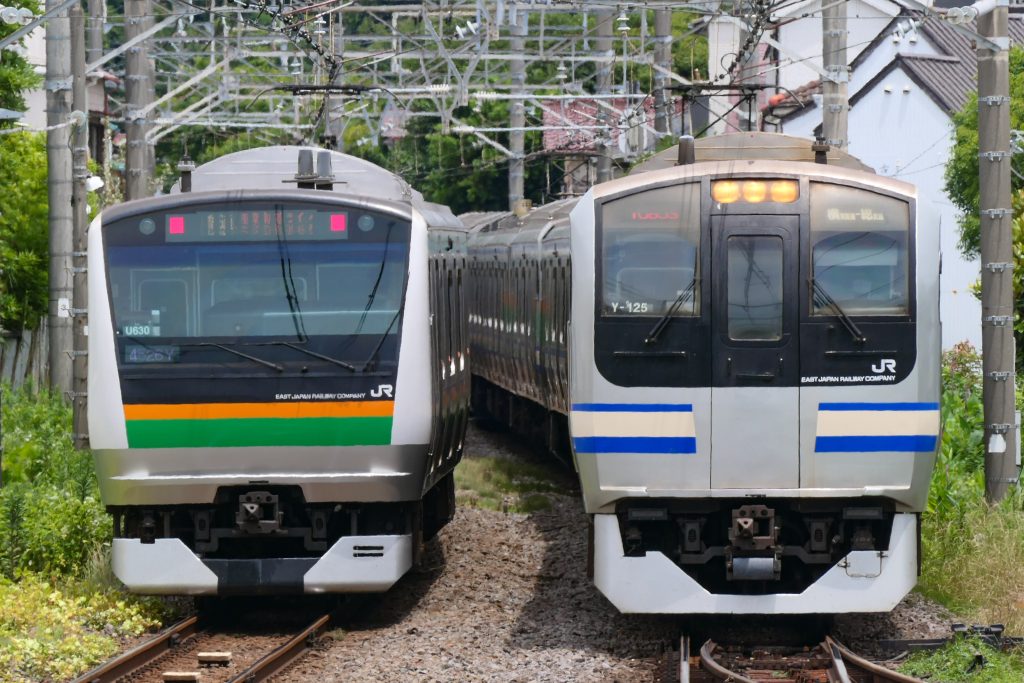
This is hands down the most popular route. Trains run directly from Tokyo Station to Kamakura in about an hour, passing through Shinagawa and Yokohama. Sounds convenient, right? It is—but it’s also the most crowded line, especially from 8:00 to 10:00 a.m.
Here’s what usually happens: tourists staying in central Tokyo (Shinjuku, Tokyo, or Ueno) all head to Tokyo Station around the same time. Platforms are crammed. Green Car seats (first-class) sell out fast. You may end up standing shoulder-to-shoulder for the entire ride.
If there’s one thing Tokyo Transfer Hacks: Avoiding Crowds on Routes to Kamakura will teach you—it’s to never follow the crowd blindly.
🚇 Odakyu Line via Enoshima
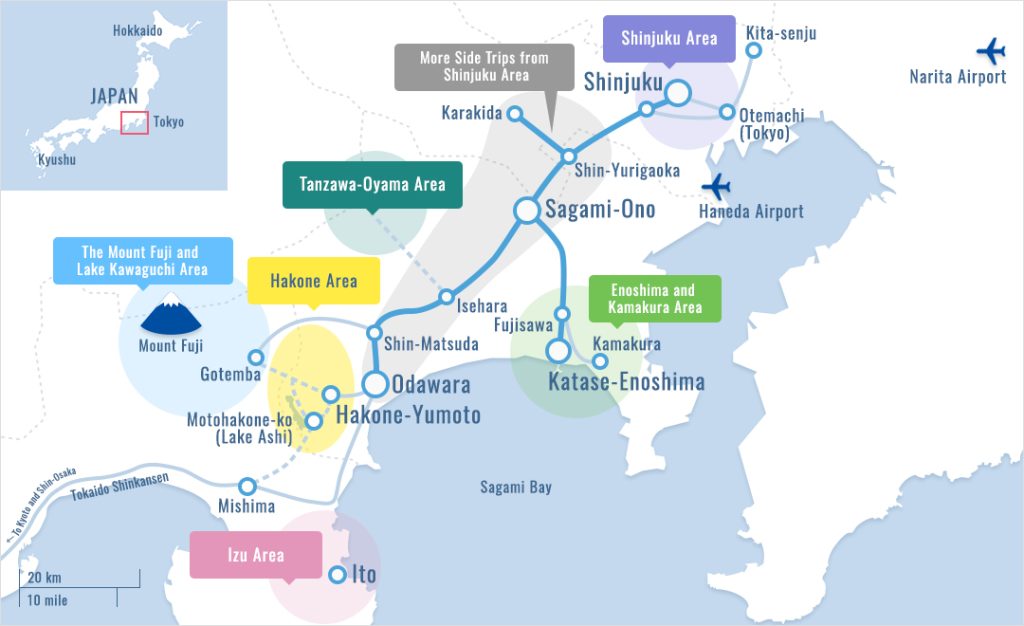
This route is popular with people coming from Shinjuku. You take the Odakyu Line to Fujisawa, then transfer to the quaint Enoden (Enoshima Electric Railway) for a scenic ride into Kamakura. It’s a favorite among travelers who want to explore Enoshima Island as well.
But here’s the downside: it involves multiple transfers, and during busy seasons, the Enoden gets ridiculously packed. I’m talking nose-to-window packed.
While it has charm, it’s not the most efficient route if your goal is to avoid the crowds. Unless you’re heading there in the off-season or really want that coastal view, this one might be best left to the Instagrammers.
🚉 Shinjuku to Kamakura via Shonan-Shinjuku Line
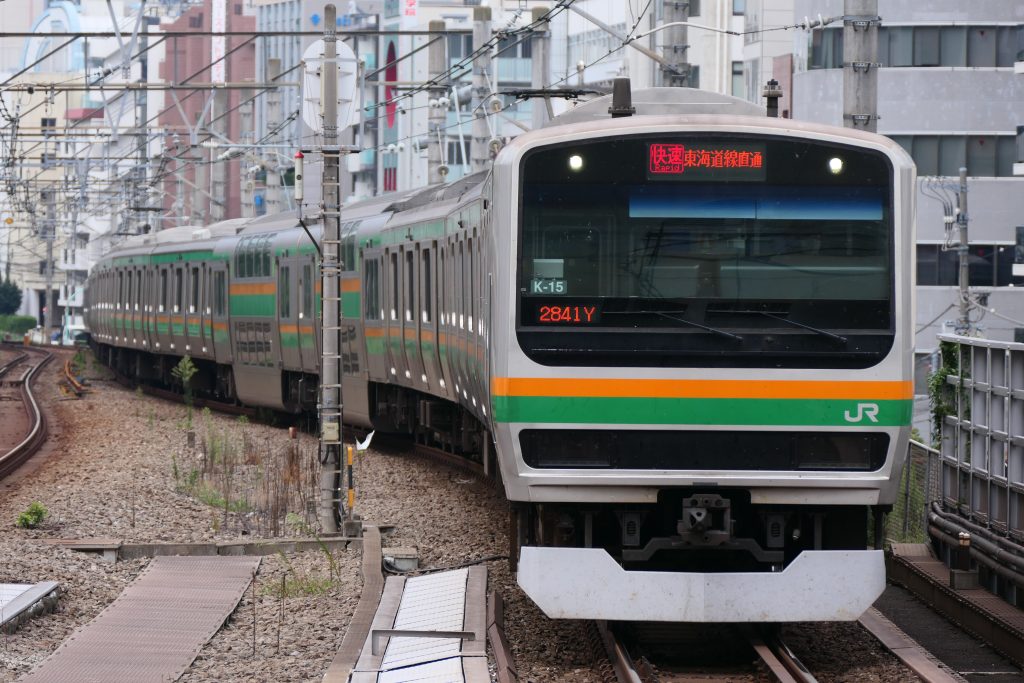
Another heavily used option. The Shonan-Shinjuku Line also connects Shinjuku to Kamakura without a transfer, which sounds great on paper. But it passes through several major commuter hubs, including Ebisu and Musashi-Kosugi.
The trains are fast—but again, during peak hours, you’ll be wedged in among Tokyo’s office workers.
If you’ve learned anything from this, let it be this: convenience doesn’t always mean comfort. The most direct path is often the most crowded.
That’s why Tokyo Transfer Hacks: Avoiding Crowds on Routes to Kamakura is all about strategic detours—routes that might add 10 minutes but save you stress, space, and even offer better views.
Tokyo Transfer Hacks: Less-Crowded Alternatives That Actually Work
So now that you know what not to do, let’s dive into the good stuff—the real Tokyo Transfer Hacks: Avoiding Crowds on Routes to Kamakura. These aren’t wild secrets; they’re simply smarter ways to navigate Tokyo’s sprawling rail network. A few tweaks to your station choices, timing, and train type can completely transform your trip from a commuter crush to a calm countryside glide.
🚉 Start from Lesser-Known Stations
Here’s the first golden rule of Tokyo Transfer Hacks: Avoiding Crowds on Routes to Kamakura: avoid major Tokyo terminals if you can. While stations like Tokyo, Shinjuku, and Shibuya are massive and well-connected, they’re also magnets for foot traffic.
Instead, consider boarding the JR Yokosuka Line from stations like Nishi-Oi or Shinagawa. Both are less chaotic than Tokyo Station and give you a head start on grabbing a seat before the train fills up at bigger stops.
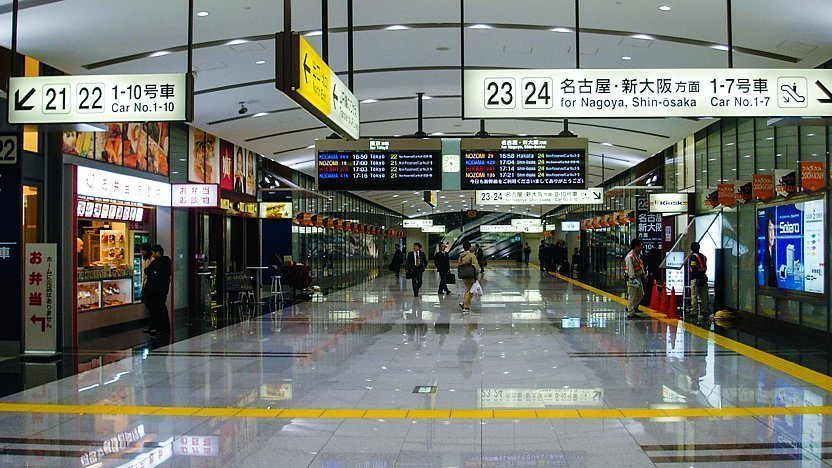
Bonus tip: Musashi-Kosugi is a lesser-used gem that connects easily to the Shonan-Shinjuku Line. The platform’s less crowded, and the ride is smooth all the way to Kamakura.
🚃 Take the Shonan-Shinjuku Line – Strategically
This line runs from Shinjuku to Kamakura, and while it’s no secret, how you use it makes all the difference. Many travelers board from Shinjuku or Shibuya, but savvy riders catch it from Ebisu or Osaki, where the crowd is much thinner. If you’re early enough, you’ll snag a seat with ease.
Here’s the trick: take a train heading toward Zushi (final destination). Not every Shonan-Shinjuku Line train goes to Kamakura, so make sure to check that it either terminates at Zushi or continues through Yokosuka.
🚋 Local vs. Rapid Trains: Don’t Always Rush
Another key tip from the Tokyo Transfer Hacks: Avoiding Crowds on Routes to Kamakura playbook? Don’t be afraid of local trains. Rapid trains might shave off 10 minutes, but they tend to attract all the impatient folks—meaning packed cars and less chance of a comfy ride.
Local trains give you breathing room. They stop more often, yes—but they also fill more slowly, making them a hidden comfort option if you’re not in a rush. Plus, you’ll pass by cool little neighborhoods most tourists never see.
Smart Ticketing and IC Card Tips That Save Time and Stress
Once your route is set, don’t forget to prep your tickets. Standing in line behind 20 tourists fumbling with machines is not part of Tokyo Transfer Hacks: Avoiding Crowds on Routes to Kamakura. Let’s talk tech and timing.
💳 Use IC Cards (PASMO/Suica) Like a Local
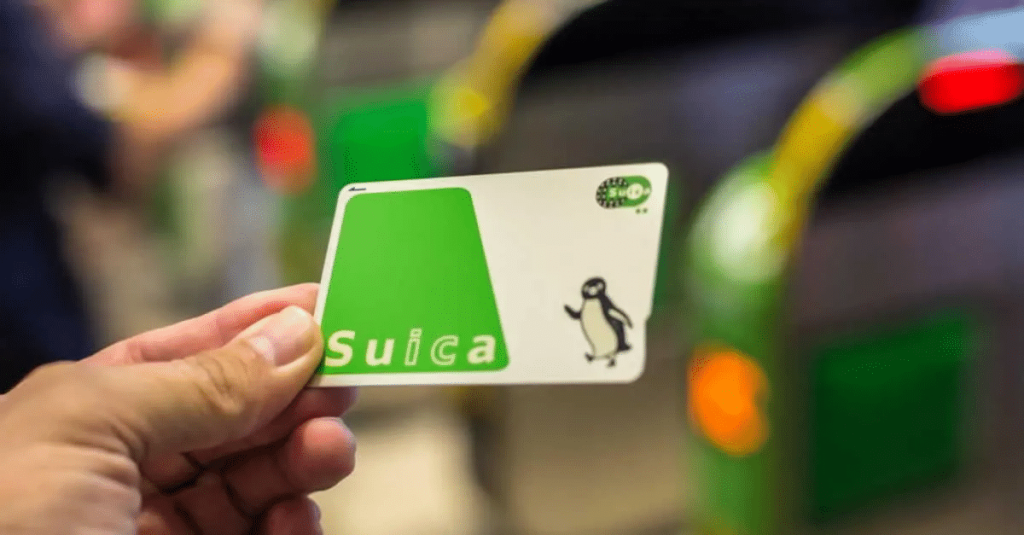
If you’re traveling anywhere in Tokyo and beyond, an IC card is your best friend. These rechargeable tap cards—PASMOand Suica are the most common—let you breeze through station gates with zero hassle. You can load them with yen at any machine and use them on almost all trains, subways, and buses in the Tokyo-Kamakura region.
With an IC card, you don’t need to calculate fares or queue at ticket machines—one of the simplest Tokyo Transfer Hacks: Avoiding Crowds on Routes to Kamakura is just tapping and walking.
Pro tip: You can even add PASMO/Suica to your iPhone or Android Wallet—making reloading a breeze with your credit card.
🪑 Consider Reserved Seating (Green Car Comfort)
Want to elevate your journey? On the JR Yokosuka and Shonan-Shinjuku Lines, you can ride the Green Car—a reserved seating option with extra comfort and guaranteed space. It costs around ¥780 extra on weekdays (cheaper on weekends), and you can buy your seat from the Green Car ticket machine on the platform, or even onboard by scanning your IC card and paying with your phone.
Green Cars are usually empty in the morning and mid-afternoon, giving you a quiet, relaxed ride. If you’re doing Tokyo Transfer Hacks: Avoiding Crowds on Routes to Kamakura with a little luxury twist, this is the way.
🎟️ Day Passes: Worth It?
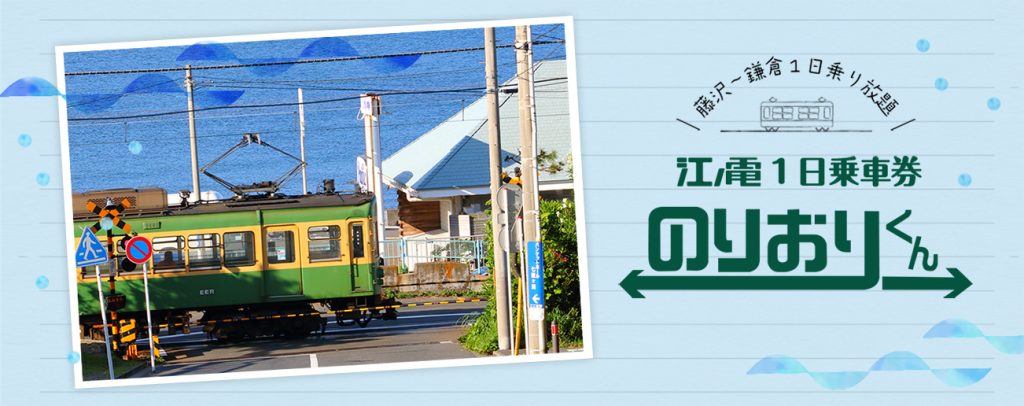
If you plan on hopping around Kamakura and Enoshima once you arrive, check out the Enoshima-Kamakura Freepass from Odakyu or the Kamakura Free Kankō Pass. These give unlimited rides on local lines, including the Enoden.
But here’s the catch—if your primary goal is to avoid crowds, stick to JR lines and pay per ride with your IC card unless you’re doing a loop through Enoshima. The day passes are popular with group tourists, and ticket offices for them can get congested.
So, unless you’re making several stops, the simplest Tokyo Transfer Hacks: Avoiding Crowds on Routes to Kamakura strategy is to travel light, pay as you go, and avoid unnecessary detours.
Insider Tips to Stay One Step Ahead (and One Step Away from the Crowds)
You’ve got the route. You’ve got the tickets. Now, here are the insider travel moves that take your experience from decent to pro level. These are the kinds of tricks that local commuters and frequent Japan travelers swear by.
📱 Download Crowd-Savvy Apps
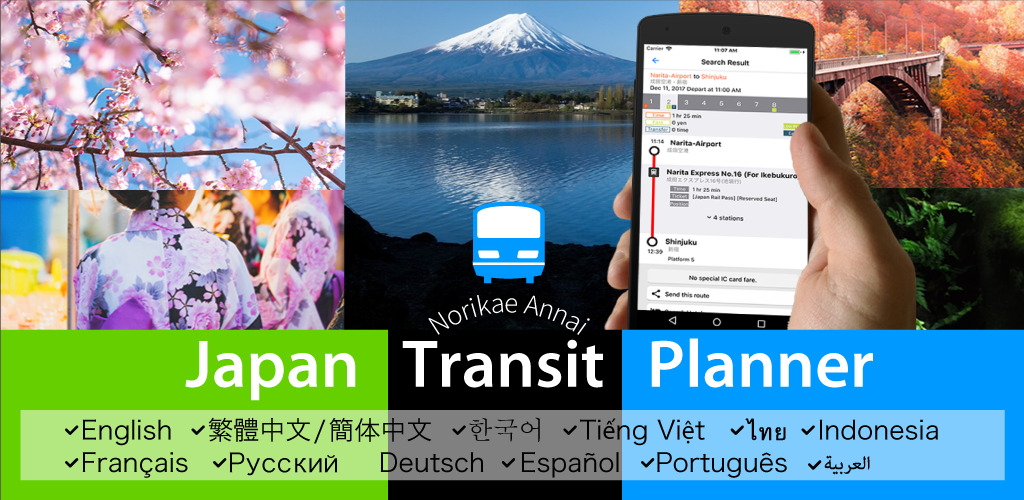
Use apps like Google Maps with live transit data, Jorudan Norikae Annai, and Navitime to check not only train times but live crowd info. Some platforms now show how full a train is in real-time, so you can avoid squeezing onto an already packed car.
Having the live info in your pocket is one of the most underused Tokyo Transfer Hacks: Avoiding Crowds on Routes to Kamakura. You’ll always know the best time to leave, which train is running smoothly, and when to wait 10 minutes for a quieter ride.
🧳 Use Lockers at Transfer Points
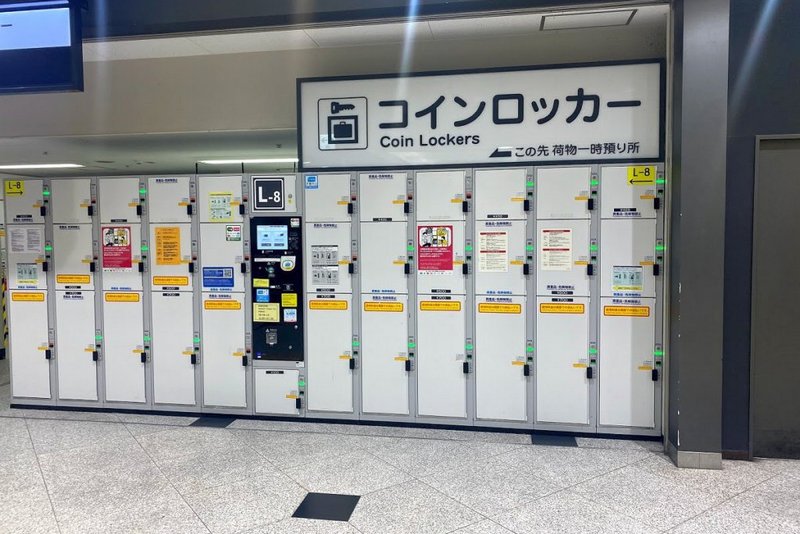
If you’re carrying luggage or bulky backpacks, stash them in coin lockers at stations like Shinagawa or Yokohama. Kamakura’s charm lies in wandering through narrow alleys and climbing stairs to temples—not dragging bags.
Freeing yourself from weight means you can move through stations and trains more easily. Most lockers accept IC cards and are affordable (¥300–¥700). Pack a day bag and go hands-free—another secret of stress-free travel.
☕ Delay Strategically: Let the Crowd Go First
Let’s say you’re heading out mid-morning. Instead of racing to beat the 9:30 train and ending up squished in with the late rush, grab a coffee and wait for the 10:00. Often, letting just one train pass can make a huge difference in crowd level.
This applies especially when returning to Tokyo. After a day exploring Kamakura, don’t rush to catch the 5:00 p.m. train with the after-work crowd. Chill at a seaside café, have a snack, and board a later train for a more peaceful ride back. It’s a simple but effective Tokyo Transfer Hacks: Avoiding Crowds on Routes to Kamakura move that lets you skip the stress.
Top Attractions in Kamakura (Those Are Worth the Trip and Easily Enjoyed Crowd-Free)
You have therefore perfected the Tokyo Transfer Hacks: Steer clear of crowds on paths to Kamakura, and now you are calmly gliding into Kamakura with a free seat. But once you are here, what specifically should you see? Though not all are overwhelmed with visitors, Kamakura is bursting with spiritual locations, ecological treks, and historical jewels. Here’s a combination of well-known locations and less-known faves where you could savor the beauty without losing yourself in a sea of selfie sticks.
🗿 Kōtoku-in, The Great Buddha
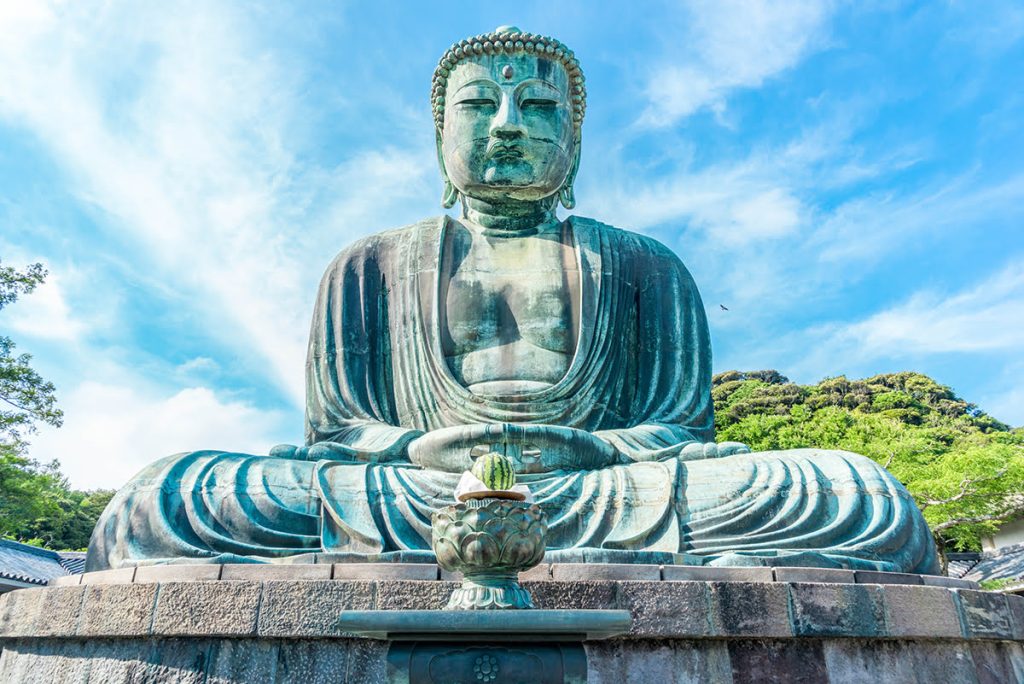
First let us begin with the star: the Great Buddha, Kamakura Daibutsu. Rising 13.35 meters, this bronze behemoth has silently guarded Kamakura from the 13th century. Though it becomes congested, this is an unmissable sight.
The secret is to arrive before 9:00 a.m. or visit late afternoon about 4:00 p.m., shortly before closing. You will thus find the fewest people around and the softest light for pictures. This is one of those situations where using Tokyo Transfer Hacks: Avoiding Crowds on Routes to Kamakura really pays off—you get a tranquil moment with a quite famous monument.
🎍 Hokokuji Bamboo Forest

See Hokokuji Temple for a slice of Kyoto-style peace free from the crowds. Nestled in eastern Kamakura, it boasts an amazing bamboo grove that seems like entering another planet. The best thing about this is: usually, especially on weekends, it is quiet.
Get a cup of matcha from the tea house in the grove and simply listen to the breeze through the bamboo. It’s a spiritual reset you didn’t know you needed—and a favorite among those who follow Tokyo Transfer Hacks: Steering clear of crowds on Kamakura’s quiet path of escape.
⛩ Tsurugaoka Hachimangū Shrine
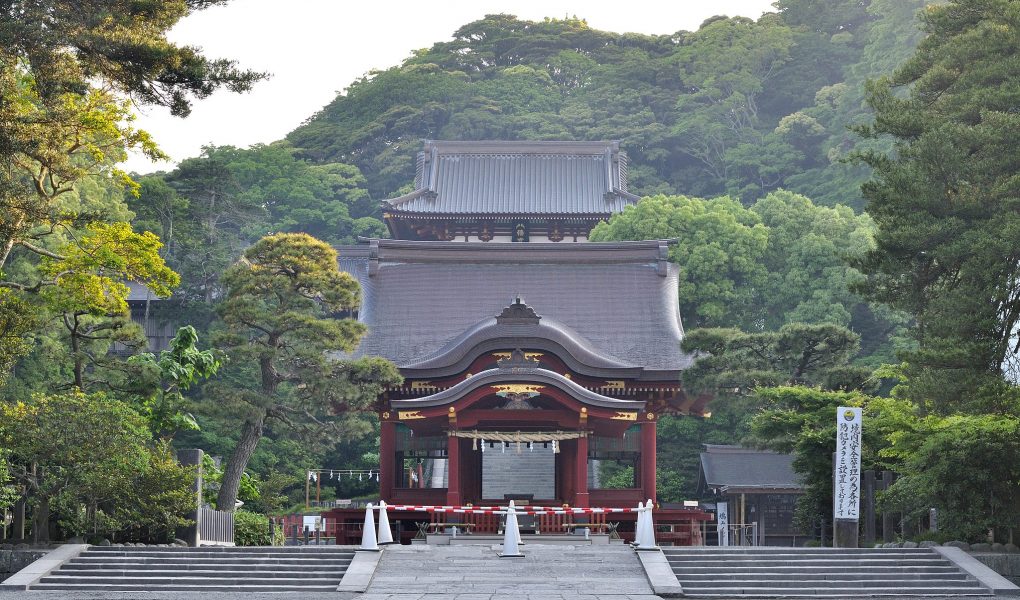
Tsurugaoka Hachimangū is magnificent and iconic, Kamakura’s most prominent shrine. This is a must-see with broad steps, impressive gates, and seasonal celebrations. Said another way, it’s often crowded, particularly on weekends or during cherry blossom season.
Your best line of action is: visit right after arrival in early morning, or schedule your visit for lunch when traffic moves to eateries. Work into your schedule easily since it’s close to the main Komachi-dori street.
Before You Ride
Traveling from Tokyo to Kamakura doesn’t have to be a battle through packed platforms and overstuffed trains. With just a few intentional choices, you can experience this magical town the way it’s meant to be seen—calm, inspiring, and free from the noise of the crowd.
Whether it’s choosing the right station, riding smarter with local lines, or just waiting out the peak times with a good coffee, these Tokyo Transfer Hacks: Avoiding Crowds on Routes to Kamakura are your key to a smoother, better travel day.
Next time you plan that perfect Tokyo day trip, remember: the journey is just as important as the destination. Hack it well, and you’ll arrive in Kamakura already relaxed, ready, and steps ahead of the crowd.
